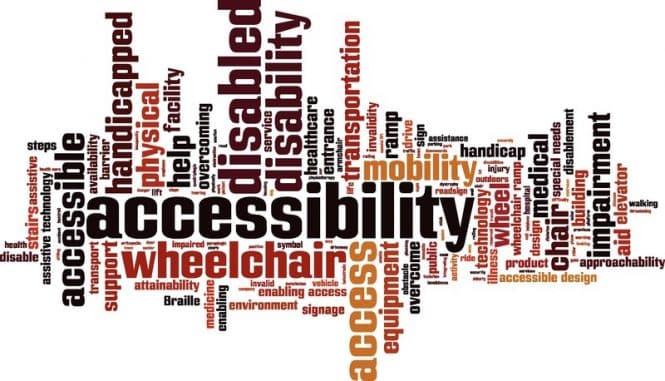
Excerpt reprinted from TheNextWeb
Story By Andrew Burton
Founder, The Circuit Board — Andrew is Head of Communications for 600+ staff music technology leader, Native Instruments in Berlin, a company with a vision to democratize digital music creation. After training as a journalist in London, he spent over a decade consulting for leading technology companies in Europe and Australia. In 2018 he founded The Circuit Board, a virtual communications consultancy. Andrew graduated from City University with a BA in Journalism and Psychology in 2008.
In March 2019 IKEA was praised for partnering with nonprofits to develop accessories that make its products more accessible for people with impairments. It’s a novel step forward but I can’t shake the feeling we need to reframe the conversation on accessibility in technology entirely. Accessibility should be a topic at the forefront of design. Here’s why:
Roughly one in five people in the US have registered with a disability, with a similar figure for the UK. But when creating new products or services, investing resources to make technology accessible for impaired users can seem like taking the scenic route to market. An expensive deviation from a lean go to market strategy.
accessibility considerations
It’s easy to toss accessibility considerations in the ‘nice to have’ bucket. ‘Accessibility as an afterthought’ is a frustration I’ve heard on repeat for the last decade. But to do this is to abandon a unique opportunity to unlock true innovation and realize a much bolder ambition.
The traits separating tasks that AI excels at, and those that remain distinctly human, are consistently cited as creativity, empathy, imagination, and vision. Indeed the Gospel of Jobs clearly states: “Innovation distinguishes between a leader and a follower.” So before we hand over the reins to AI, why don’t we focus on perfecting the human side of technology solutions.
If you’ve even dabbled in brainstorming techniques — or the hyper-trendy ‘design thinking’ — you’ll be familiar with the art of reframing a problem to see new solutions. What better way to do this than looking at new tech through the lens of our senses, with varying degrees of physical or sensory ability?
Thinking about impairments of sight, hearing, or touch from the outset forces designers, creators, and technologists to ‘look at’ problems from very different perspectives, and that brings opportunity for untold and exciting innovation.
Read full story at the TheNextWeb
Other Links
